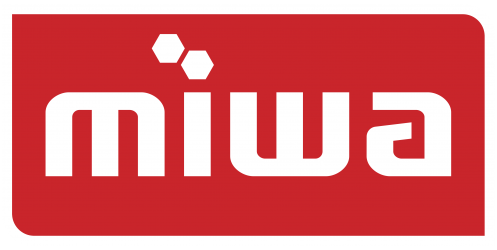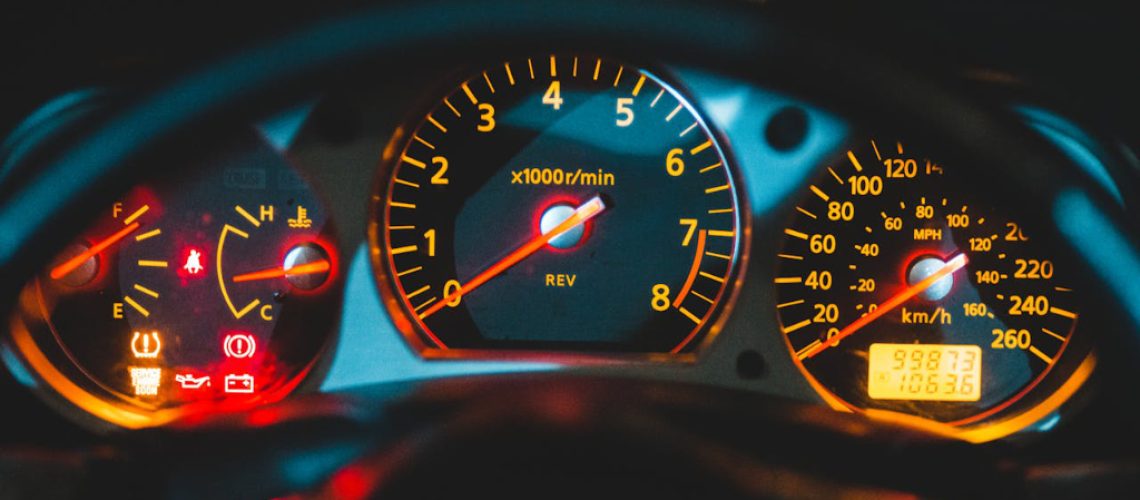Warning lights can be a cause for concern for motorists, especially if they’re unsure of what their car is trying to tell them. Here’s a quick guide to the most common warning lights:
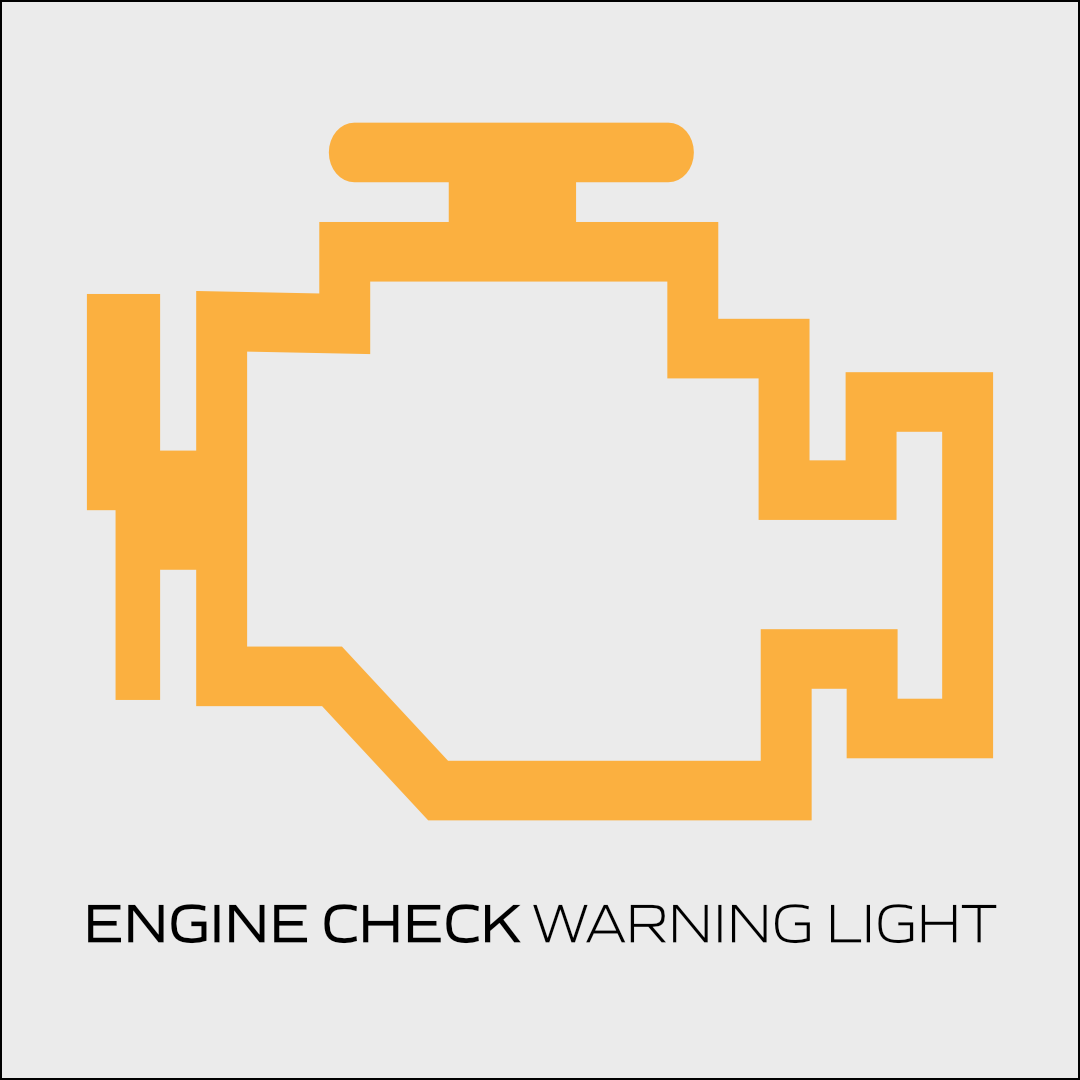
Engine management light
This light is activated when there is a problem with the engine, so it’s important to have the car checked as soon as possible. Until then, it’s possible to keep driving, unless the light is flashing.
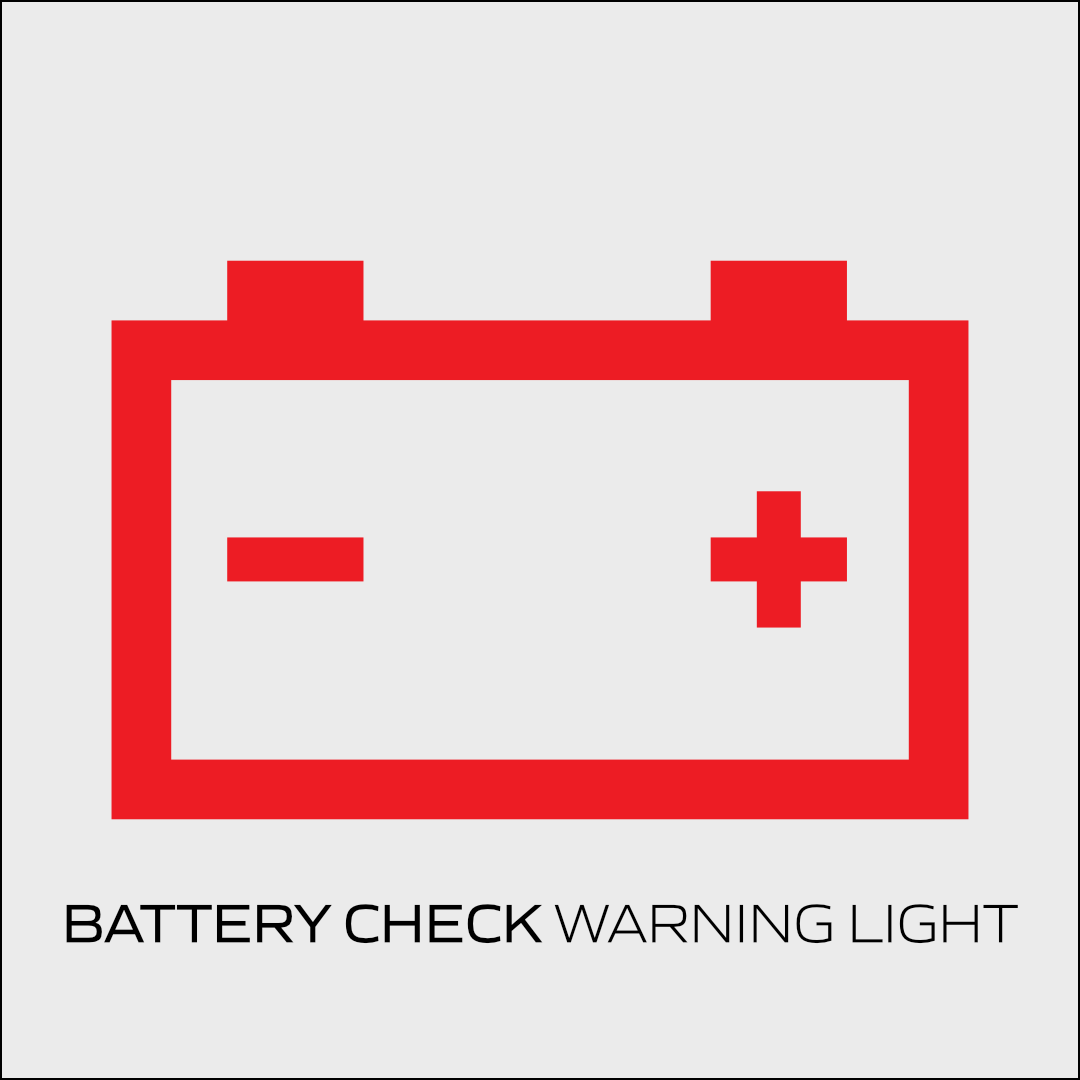
Battery warning light
This light is a warning that the battery is not charging, possibly because there is a problem with the wiring, the alternator, or the alternator drive belt. It is crucial to stop the car immediately – call a towing service to help.
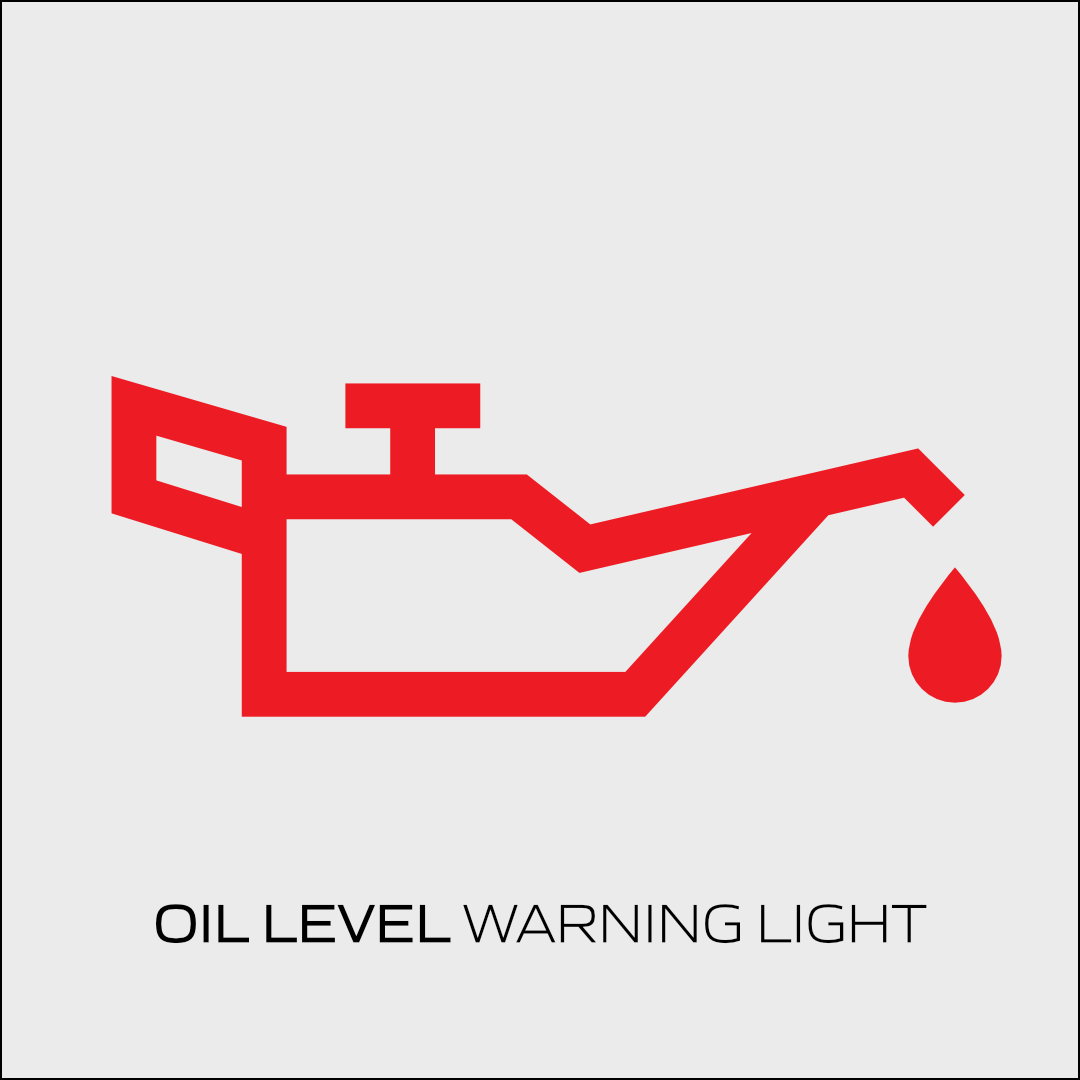
Oil level warning light
This light indicates that there is no oil pressure in the engine. This should resolve as soon as the oil level is topped up, but if it continues there may be a problem with the oil supply (perhaps because of a blocked oil filter or oil pump) which must be investigated as soon as possible to avoid engine damage.

Brake warning light
This light may have been activated if the hydraulic brake circuit has failed. A further red flag is the need to press the brake pedal further than usual. In this case, it’s important to stop driving immediately. Check the brake fluid: if it does not need to be replaced, it is safe to drive to a garage, where you should check to see if the problem has been caused by a sensor.
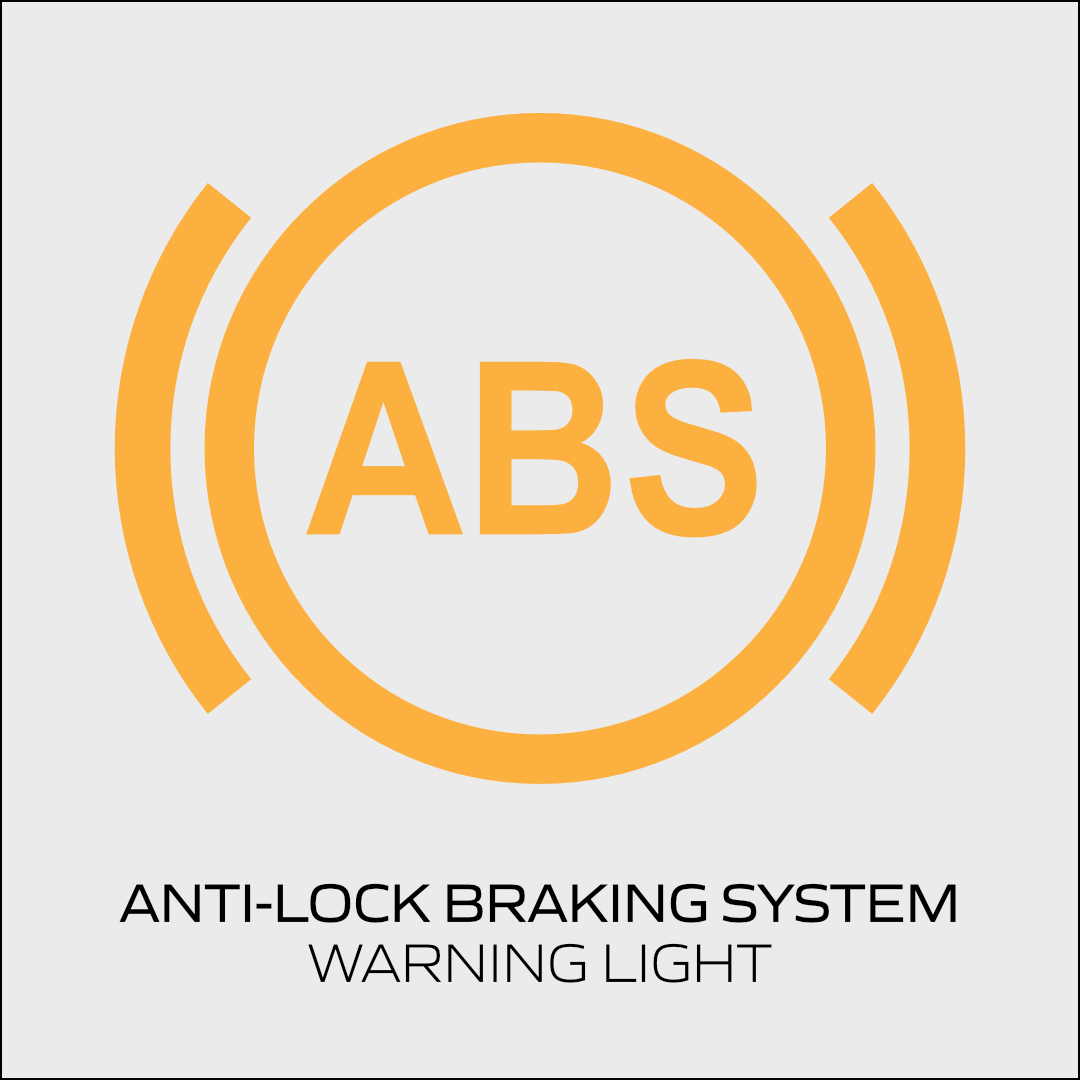
Anti-lock braking system (ABS) warning light
Although it is safe to drive when this light comes on (so long as no noises are coming from the wheels), your car should be checked as soon as possible. Take special care when driving in wet, slippery conditions.
